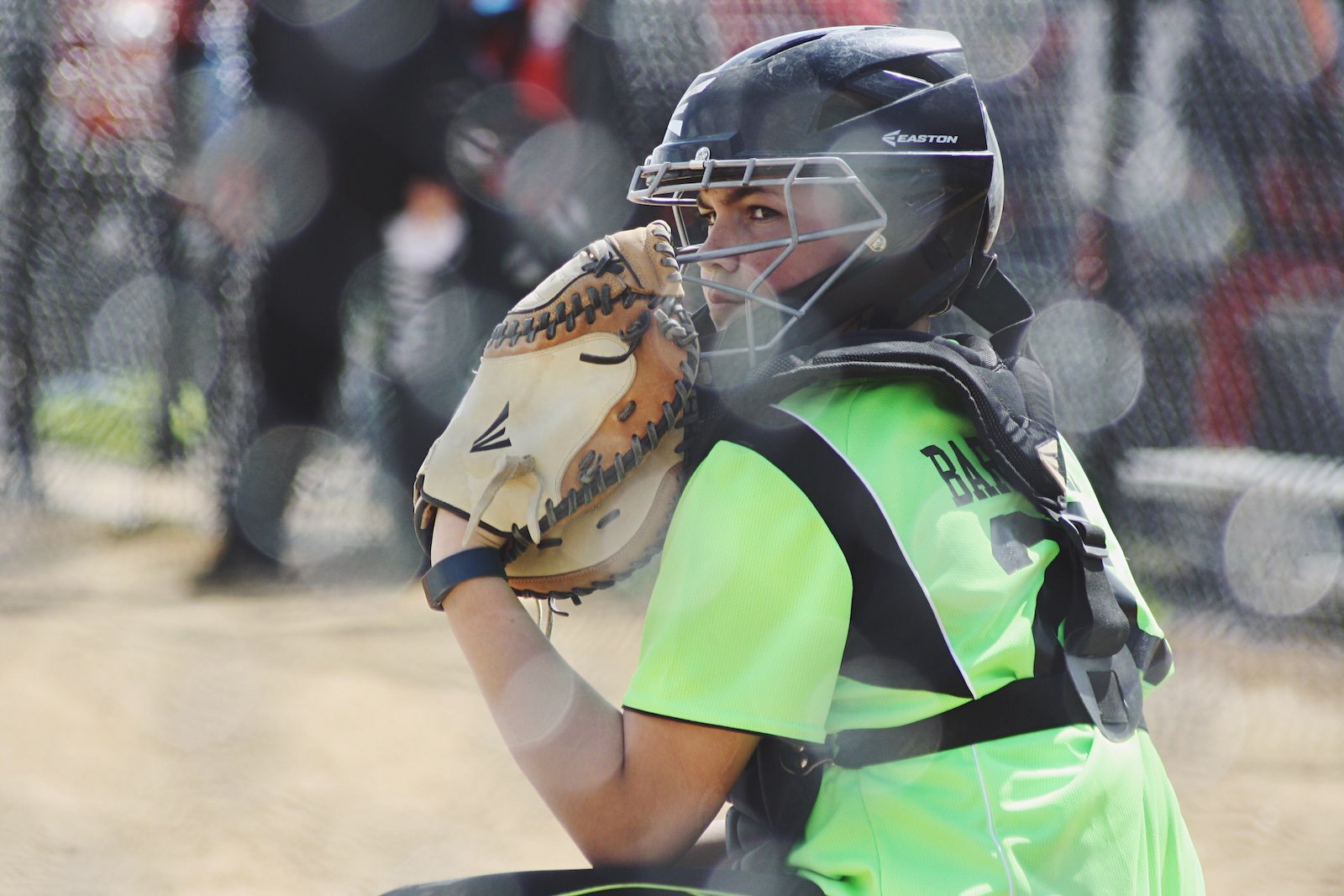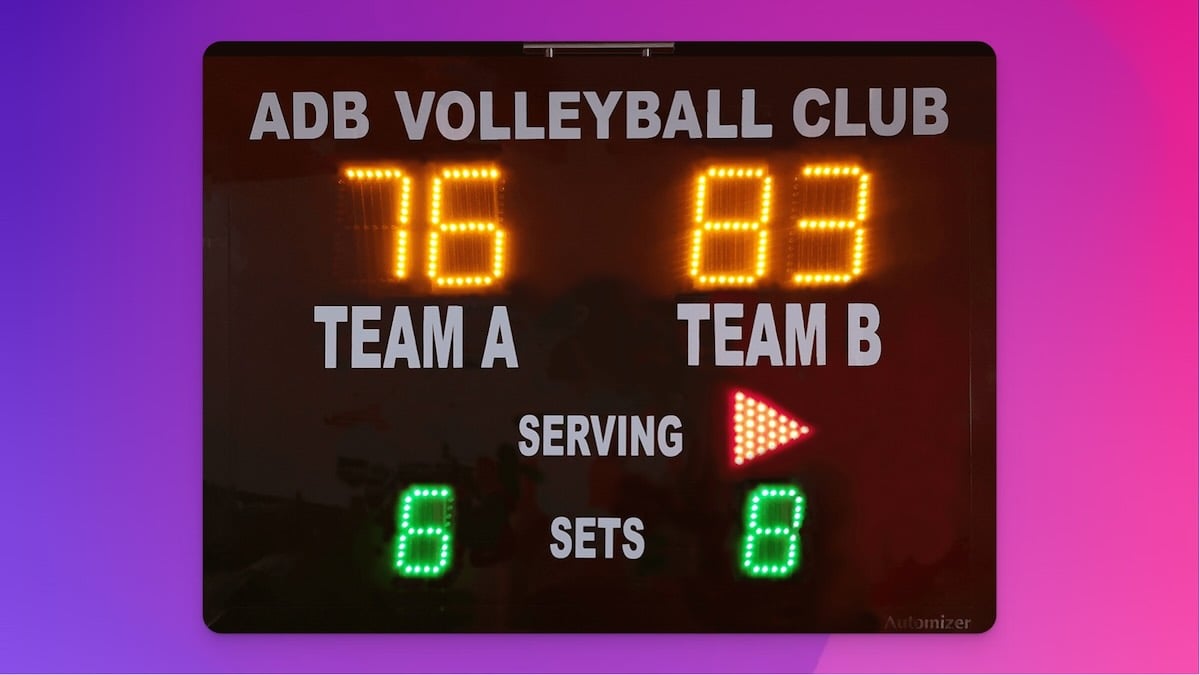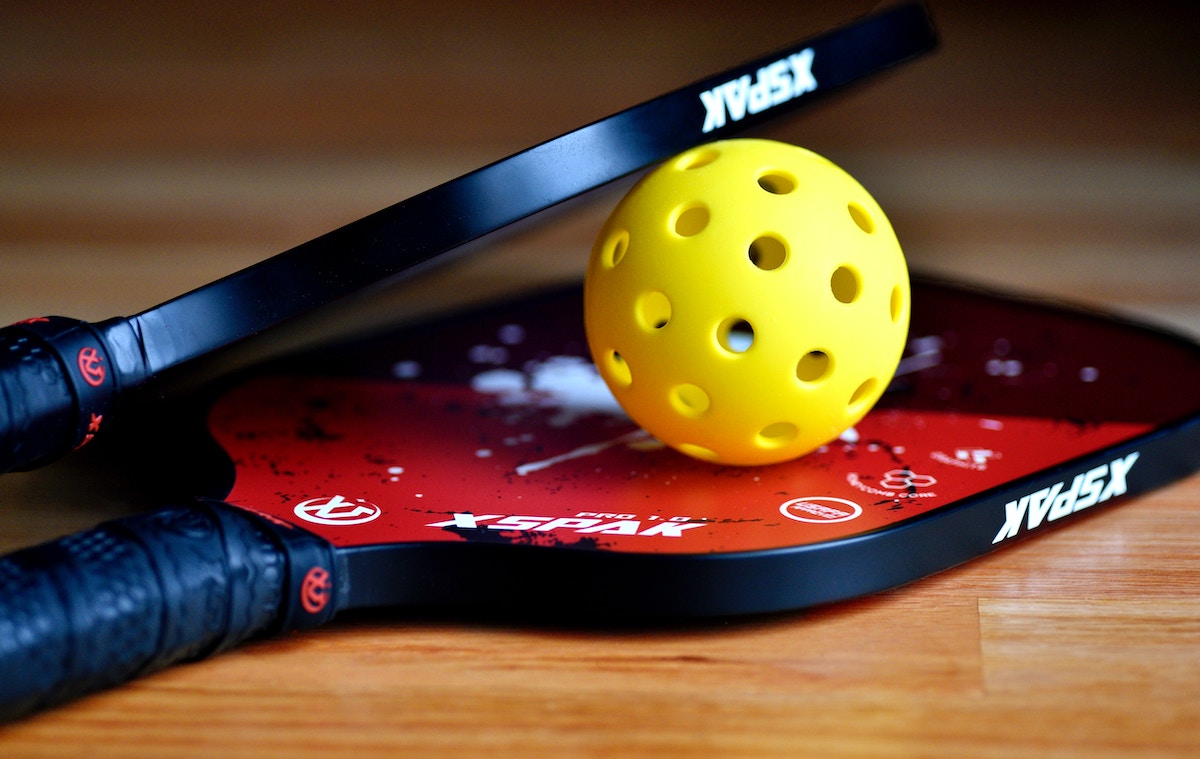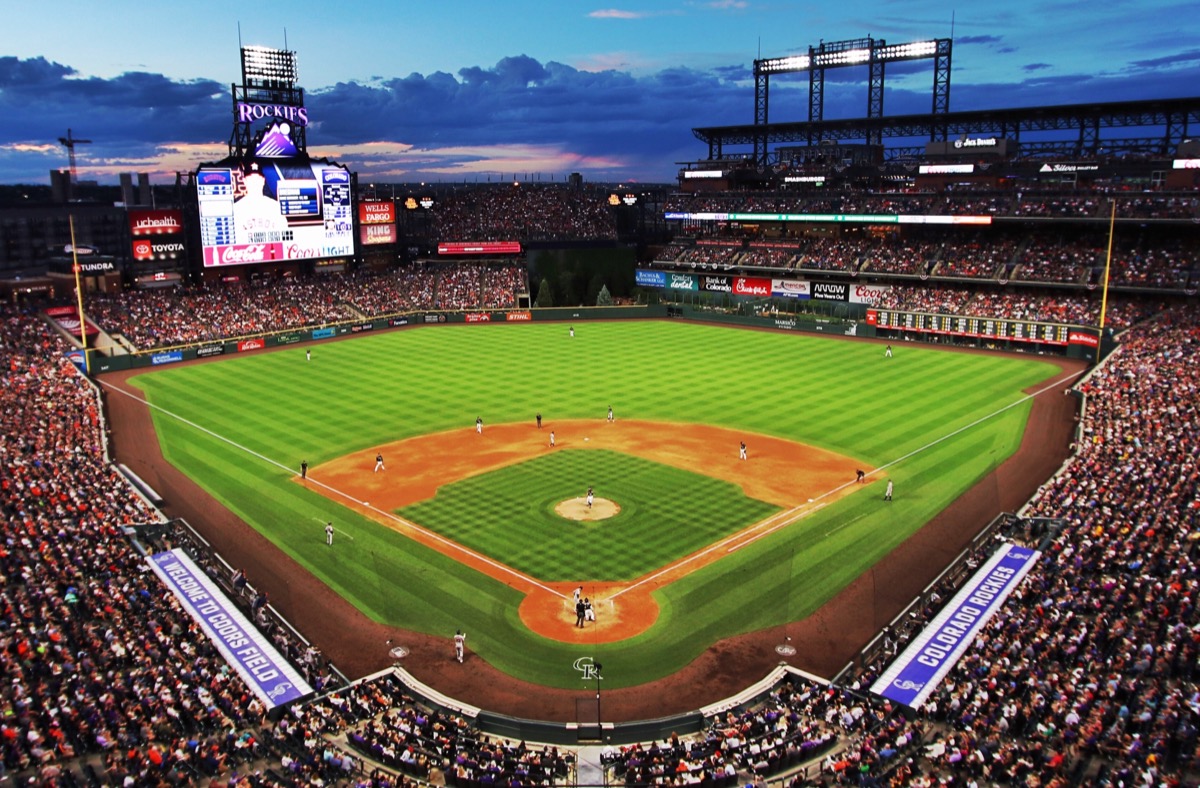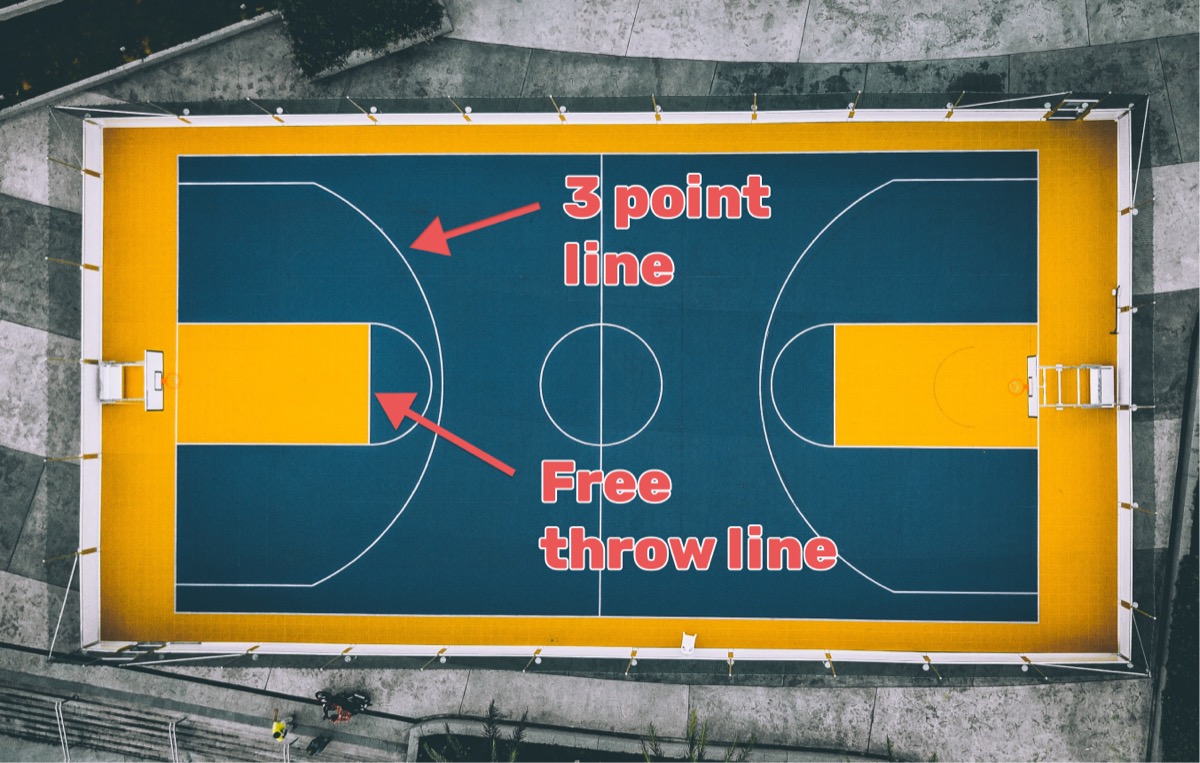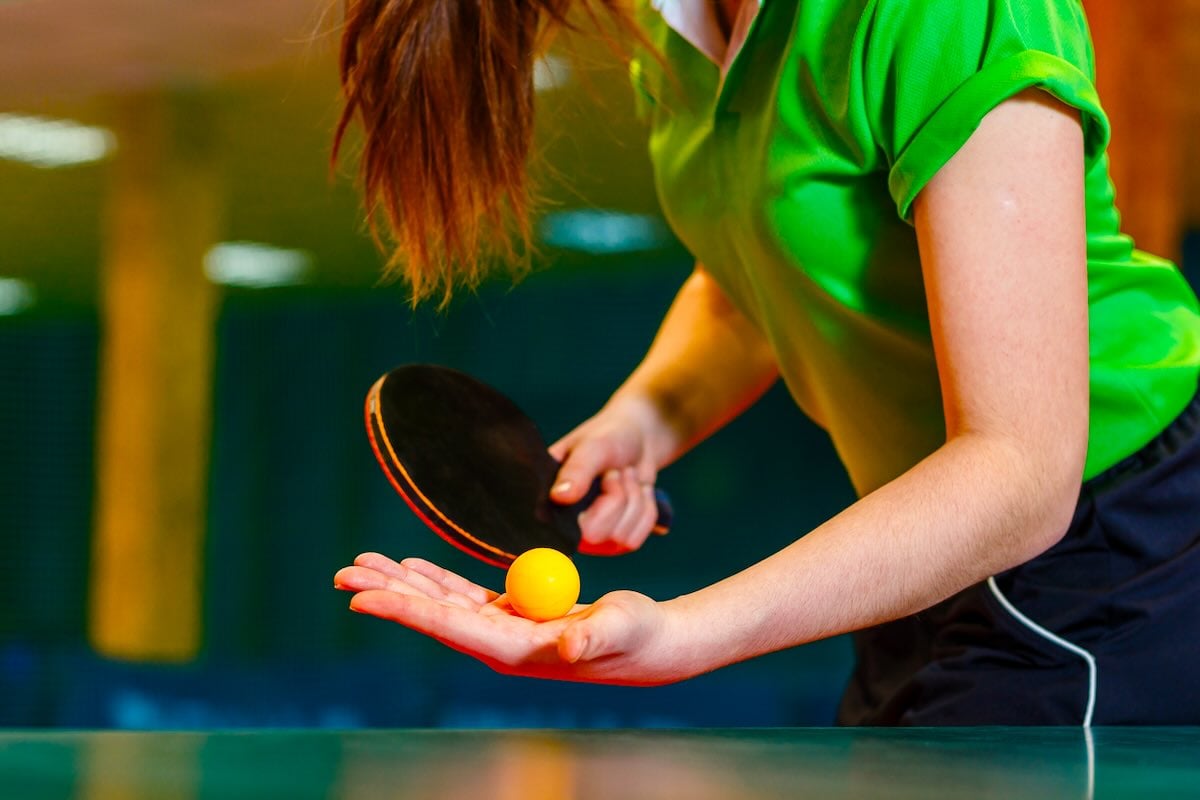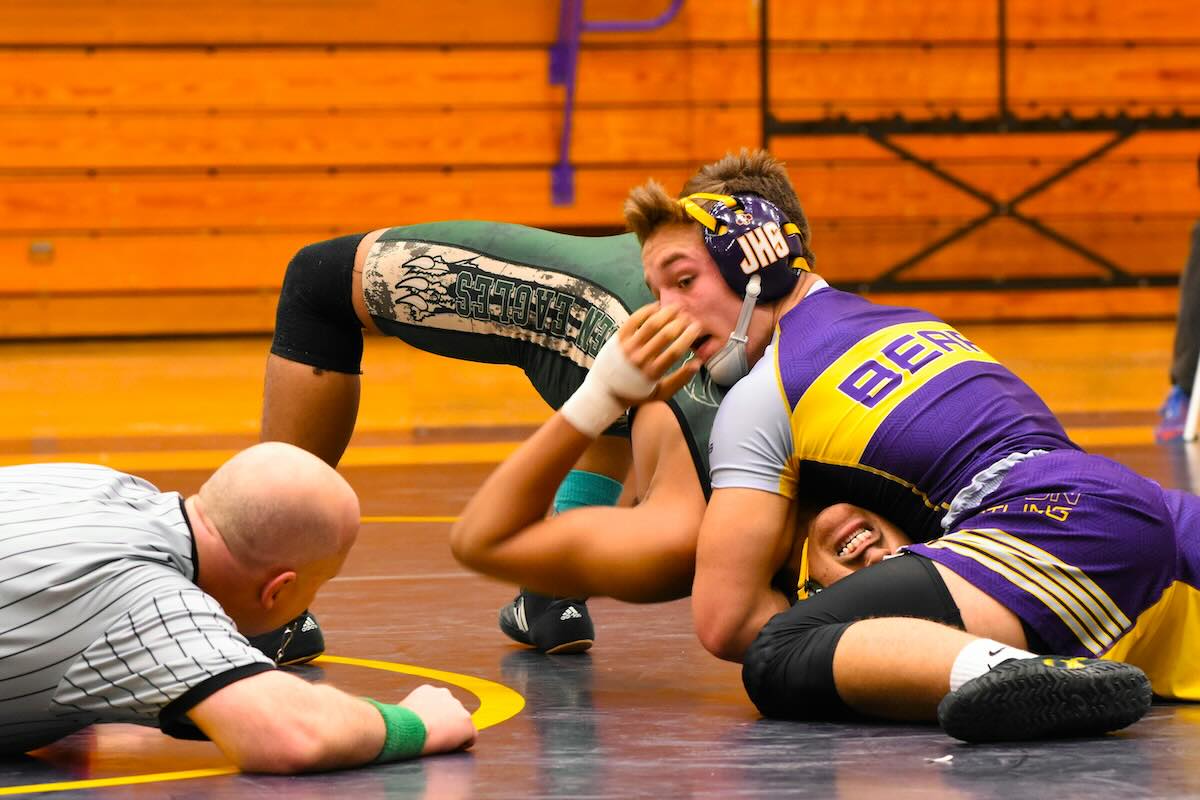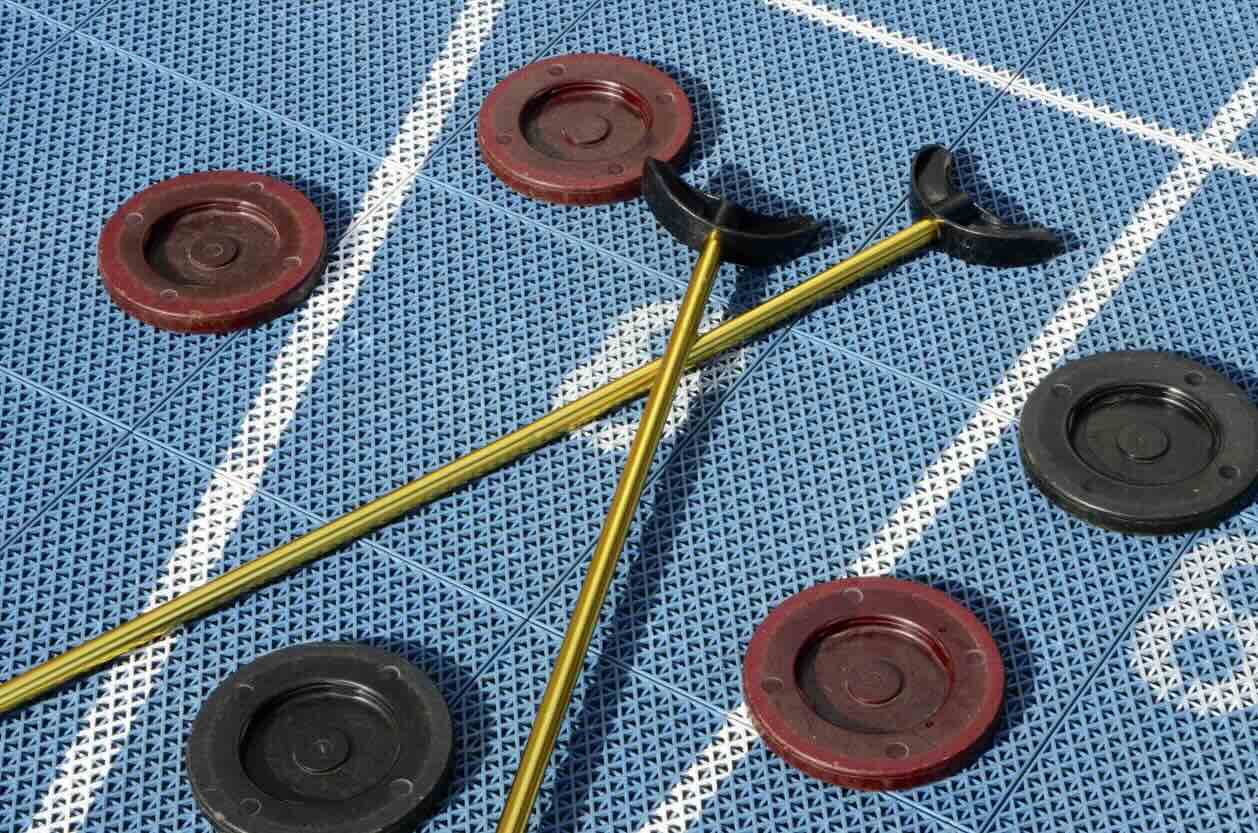
Shuffleboard is the perfect game for those who love a sport combining strategy, skill, and a friendly dose of competition. Whether you're playing for fun at a backyard barbecue or vying for glory in a local tournament, understanding how to score shuffleboard is essential.
This guide will provide you with the knowledge to keep score confidently and impress your fellow players.
Basic Shuffleboard Rules
The objective of shuffleboard is to slide your pucks down the court toward the scoring zone at the opposite end, trying to land them closest to the high-value scoring areas. You'll also want to strategically knock your opponent's pucks further away from the scoring zone.
Here's a quick rundown of the basic rules:
- The Court: A regulation shuffleboard court is 52 feet long and 20 inches wide. Each end features a triangular scoring zone divided into sections with varying point values. The highest scoring area is typically worth 10 points, with point values decreasing as you move outward. Some courts may also have a penalty area at the opposite end for point deductions.
- Taking Turns: Players alternate turns sliding their four pucks down the court.
- Scoring: Only the closest pucks of each color (usually four per player) are counted at the end of each round. The player with the closest puck to the high-scoring zone earns the points designated by that zone. Unlike some other games, there's no "busting" in shuffleboard - the game simply ends when a player reaches the winning score.
How To Score In Shuffleboard
Now, let's explore the details of how to score in shuffleboard. There are different point-scoring variations whether you're playing on a shuffleboard court, or table.
The points you will receive will typically be labeled on the playing surface, so checking before you begin playing is important. Here's a breakdown of the typical point values for each shuffleboard scoring zone:
Scoring Zones and Point Values
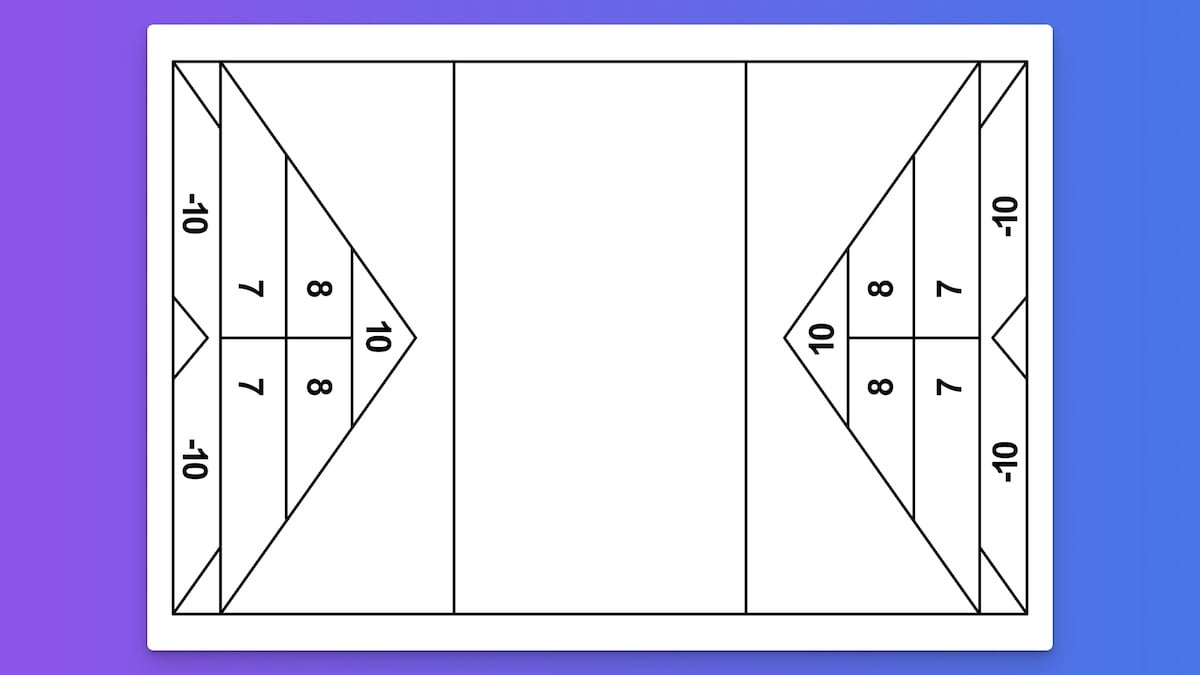
The scoring area at each end of a shuffleboard court (both full-size and tabletop) is typically divided into triangular sections with varying point values. The highest scoring zone is located closest to the starting point where players shoot their pucks.
Here's a common point distribution for the scoring zones:
- Tip of the Triangle: This is the highest-scoring zone and is usually worth 10 points (on a full-size court) or 3 points (on a tabletop game).
- Next Zone: The zone adjacent to the tip is typically worth 8 points (full-size) or 2 points (tabletop).
- Outermost Zone: The outermost zone of the scoring triangle usually awards 7 points (full-size) or 1 point (tabletop).
Additional Considerations:
- Points for Position: The player whose leading puck is farthest down the board wins the round. They also score points based on the value of their leading pucks that are closer to the scoring zone than the opponent's leading puck.
- Ties: If multiple pucks from the same team are tied for closest position in a scoring zone, both pucks earn the designated points.
- Hangers: A puck precariously hanging over the edge of the scoring zone earns an extra point.
- Overscoring: If a puck slides past the scoring zone on the opposite end of the court, it doesn't earn any points.
- Fouls and "Off" Shots: Landing in the penalty area (if your court has one) or going "off" the court (landing in the alley or over the end of the board) results in a point deduction (usually 10 points).
By understanding these point values, you can effectively strategize your shots and track your score throughout the game. Remember, the specific point values for each zone may vary. Double-checking the point distribution before starting the game is always a good idea.
Winning Shuffleboard Score Variations

The winning score in shuffleboard can vary depending on several factors. The main factor is whether you are playing tabletop shuffleboard or on a shuffleboard court. Additional factors affecting shuffleboard scoring include the number of players, desired game speed, and the formality of the setting.
Here are a few common winning scores in shuffleboard:
Table Top Shuffleboard
- 15 points (Two Players): The most common winning score is 15 points when playing with just two players individually. This format allows for a faster-paced game than playing with teams.
- 21 points (Two Teams of Two Players Each): With two teams of two (four players total), the typical winning score is 21 points. This slightly higher point target accommodates the additional players and allows for a more extended game with more strategic maneuvering.
Outdoor Shuffleboard
- 50 Points (Two Players/Casual Game): with two players, a game of 50 will keep a faster pace.
- 75 / 100 Points (Formal League/Tournament Play): Official tournaments typically have a set winning score, often 75 points or 100 points. This ensures consistency and allows for longer, more strategic competition.
The important thing to remember is that players or teams need to agree on the winning score before starting the game.
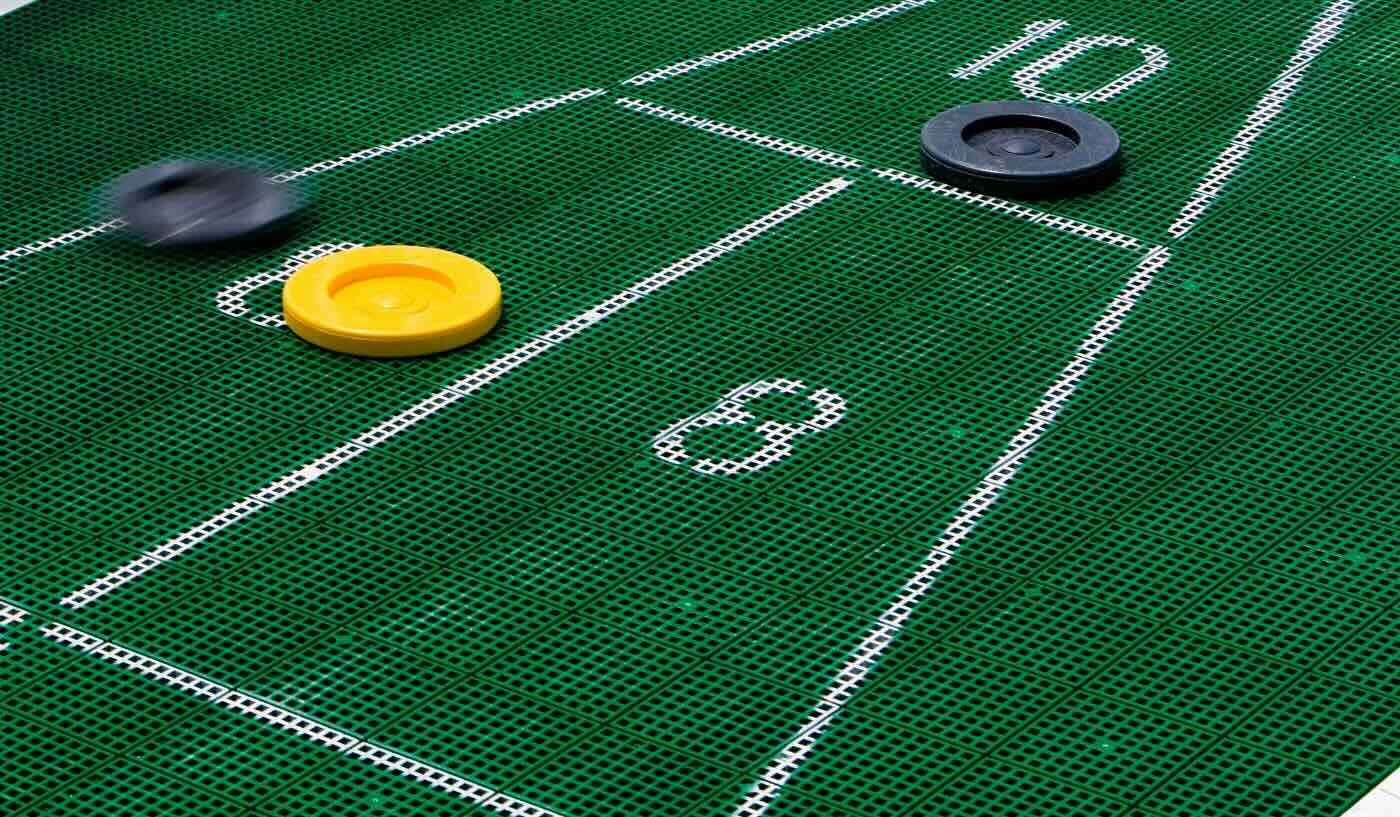
Equipment and Setup
A standard shuffleboard table is 52 feet long and 20 inches wide, providing ample space for strategic gameplay. The cost of shuffleboard tables can vary significantly, ranging from a few hundred dollars for basic models to several thousand dollars for premium tables, depending on size, material quality, and brand reputation.
The Best Way To Keep Score For Shuffleboard
Pen and paper are a simple option. For a more convenient and professional experience, consider using a digital scoreboard like KeepTheScore. KeepTheScore allows you to easily create a shuffleboard scoreboard. It has options to customize it with team names and logos, and update scores in real-time, eliminating confusion and keeping the game flowing smoothly. If you are streaming your game, it also has options to integrate as an overlay with OBS and other popular streaming software.
Alternative Shuffleboard Options
Shuffleboard comes in many flavors, each with its own twist on the classic game. Here are some popular variations:
- Horse Collar Shuffleboard: In this version, players stand at opposite ends of the board. They take turns shooting all eight of their weights toward the opposite end's scoring zone. Points are earned based on where the pucks land, with bonuses for hanging on the edge. The first to reach 51 points wins.
- Baseball Shuffleboard: This variation adds a baseball theme. Instead of aiming for a set total, the game lasts nine "innings." Scoring is like regular shuffleboard, but the highest score after nine innings wins.
- Bowling Shuffleboard: Ten small pins are set up using a special pin setter. Players slide their pucks to knock down pins, with two tries per turn. The player with the most pins down wins after a set number of frames.
- Cutthroat Shuffleboard: In this fast-paced game for three or more players, each takes turns sliding one puck. If a puck knocks another off, that player is out for the round. The last player remaining wins. Points from each round add up to determine the overall winner.
These are just a few examples of the many creative variations on shuffleboard that exist. So next time you gather your friends for a game night, consider trying out one of these alternative options to add a fun twist to the classic shuffleboard experience!

